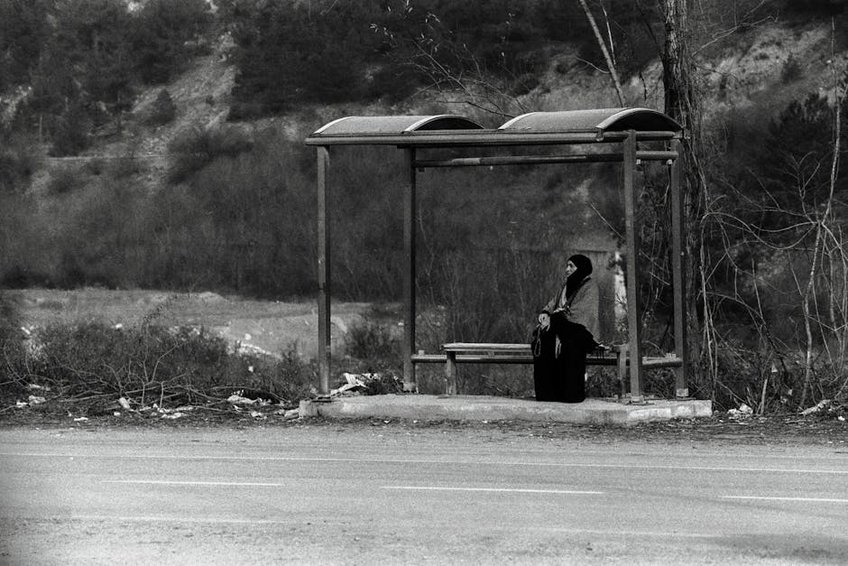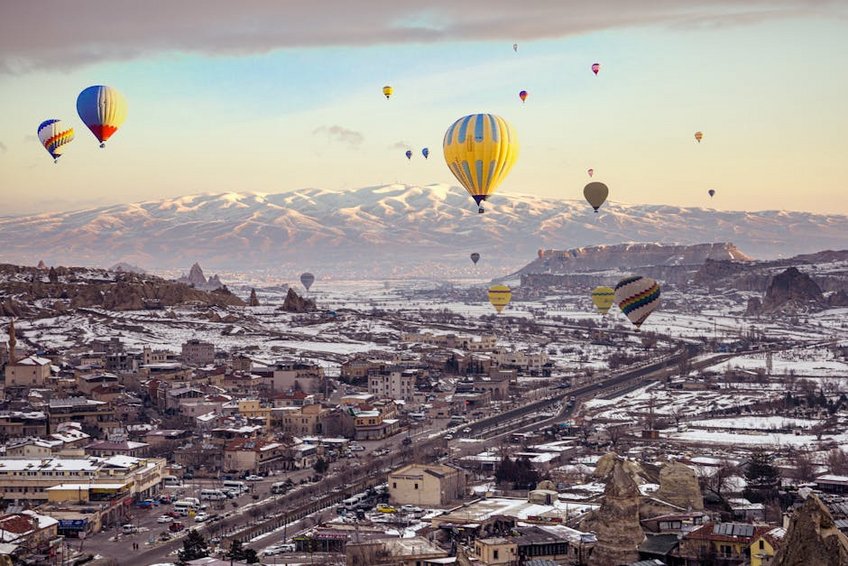Safranbolu Winter Atmosphere: Ottoman Charm in Snowy Splendor
Safranbolu winter atmosphere transforms this UNESCO World Heritage site into a magical destination where Ottoman-era houses wear delicate snow blankets. December through February brings crisp air with temperatures ranging from 30°F to 45°F (-1°C to 7°C), perfect for exploring historic streets without summer crowds. This guide covers seasonal attractions, cultural experiences, and practical tips for your cold-weather visit.
Essential Safranbolu Winter Information
Safranbolu’s historic center features over 1000 preserved Ottoman houses dating from the 13th to 19th centuries. Winter visitors experience these architectural treasures with beautiful snow accents and fewer tourists. The town’s elevation at approximately 1,500 feet creates ideal conditions for light snowfall.
December through March constitutes the cold season with January as the coldest month. Daytime temperatures typically range from 35°F to 45°F (2°C to 7°C) while nights drop to 25°F to 35°F (-4°C to 2°C). Snowfall occurs 5-8 days monthly, creating picture-perfect scenes.
What You Need to Know Before Visiting
Prepare for these key aspects of winter travel.
- Historic houses maintain original features but can be chilly inside, so dress in thermal layers beneath your winter coat.
- Daylight lasts approximately 9 hours in December, requiring early starts for photography and site visits before sunset around 5 PM.
- Traditional Turkish hamams (bathhouses) provide warm respite, with Cinci Hamam operating daily from 8 AM to 10 PM for 200-300 TRY ($7-10).
- Budget travelers spend $25-40 daily using hostels, street food, and public transport with museum passes covering multiple sites.
- Mid-range visitors allocate $50-80 daily for boutique hotels, restaurant meals, and occasional taxis between attractions.
- Luxury experiences cost $100-150+ daily featuring heritage mansion stays, private guides, and hamam treatments.
- Turkish Ministry of Culture and Tourism
- UNESCO World Heritage Centre
Key Winter Season Details
Safranbolu experiences its quietest tourism period between January and February. Hotel rates drop 30-50% compared to summer peaks, with fewer visitors at major attractions. Many restaurants and shops maintain regular hours despite the season.
Weekends see slight increases in domestic tourists, particularly during school holidays in late January. Weekdays offer the most tranquil experience for exploring the cobblestone streets. Some smaller museums might reduce hours, so check schedules.
Historical and Cultural Context
Safranbolu served as an important trading post on the Silk Road, explaining its wealth of preserved architecture. The town’s name derives from saffron, once cultivated locally and still available in markets. Winter traditions include indoor gatherings and storytelling.
Local crafts like leatherworking and copper-smithing continue through winter months. Artisans often welcome visitors into their workshops for demonstrations. These activities provide warm indoor alternatives when weather turns particularly cold.

Alt: “safranbolu-ottoman-houses-snow-covered-winter-scene”
Planning Your Safranbolu Winter Atmosphere Trip
Your Safranbolu winter atmosphere experience benefits from careful timing between late November and early March. This period offers the best balance of snowy scenery and accessible travel conditions. Accommodation prices reach their annual low during January.
Budget approximately $40-60 daily for mid-range travel including hotels, meals, and attractions. Luxury options might cost $100-150 daily with premium hotels and private guides. Winter daylight limitations require efficient itinerary planning.
Pack thermal underwear, waterproof boots, and layers for changing conditions. Include camera equipment with extra batteries that perform better in cold weather. Reserve hotels with heating systems confirmed.
Best Time to Visit Safranbolu
Visit between mid-December and late February for peak winter conditions with regular snowfall. Temperatures range from 25°F to 40°F (-4°C to 4°C) during these months. This period offers the most dramatic snowy landscapes.
Early December and March provide shoulder season advantages with milder weather 35°F to 50°F (2°C to 10°C). You’ll encounter fewer tourists while still experiencing occasional snow. Some attractions extend hours during these transitional months.
Budget Planning and Costs
Consider these three budget categories.
Essential Preparation Checklist
Pack waterproof winter boots with good traction for icy cobblestones and thermal layers for changing indoor-outdoor temperatures. Include power banks for phone and camera since cold drains batteries faster.
Check visa requirements as US passport holders need e-visas for Turkey ($50 valid 90 days). Purchase travel insurance covering winter weather disruptions. Book accommodations 2-3 months ahead for December visits.
Top Winter Attractions and Activities
Safranbolu’s historic center divides into three districts with Carsi (market area) containing most preserved houses. Winter sunlight creates beautiful shadows across the architecture between 10 AM and 3 PM. The snow-dusted roofs and streets become photographic highlights.
Indoor museums and workshops provide warmth during the coldest hours. The Kaymakamlar Museum showcases Ottoman lifestyle in an authentic house with guided tours. Traditional craft workshops welcome visitors for demonstrations.
Must-See Highlights
Visit the Hidirlik Hill viewpoint for panoramic winter scenes of the entire historic valley. Morning light between 8-10 AM creates the best photography conditions. The hill requires a 15-minute walk from the city center.
Cinci Han and Carsi Hamam represent important Ottoman architecture with beautiful interior details. These structures offer sheltered exploration during snowfall. Entry fees range from $2-5 per person.
The City History Museum provides comprehensive background in a heated environment. Exhibits cover Safranbolu’s development from the 13th century onward. Allow 1-2 hours for thorough exploration.
Hidden Gems and Local Favorites
Discover the Yemeniciler Arastasi market arcade where artisans craft traditional shoes. Winter visitors often receive personal attention with fewer crowds. The covered arcade provides protection from elements.
Locals frequent the Asmazlar Mansion’s courtyard tea garden even in winter, with heaters and blankets provided. This spot offers authentic interaction opportunities. Tea costs approximately $1-2 per glass.
Winter Photography Opportunities
Early morning after fresh snowfall creates pristine conditions for architectural photography. The low winter sun angle produces long shadows and warm light. Tripods help with stability on potentially slippery surfaces.
Interior photography benefits from window light illuminating traditional Ottoman interiors. Many house museums permit photography without flash. The contrast between warm interiors and cold exteriors makes compelling compositions.
Practical Travel Information
Safranbolu sits 240 kilometers north of Ankara, requiring 3-4 hours by road. The nearest major airport is in Ankara (ESB) with connecting buses to Safranbolu. Winter road conditions can affect travel times.
Accommodation ranges from converted Ottoman houses to modern hotels, all within walking distance of attractions. Heating quality varies in historic properties, so verify before booking. Many hotels offer fireplace lounges.
| Accommodation Type | Features and Amenities | Price Range (USD) |
|---|---|---|
| Budget Guesthouses | Shared bathrooms, basic heating, central location | $25-40/night |
| Boutique Ottoman Houses | Private bathrooms, restored interiors, breakfast included | $60-100/night |
| Luxury Heritage Mansions | Fireplace suites, hamam access, concierge service | $120-200/night |
| Modern Hotels | Central heating, elevators, restaurant on site | $50-80/night |


